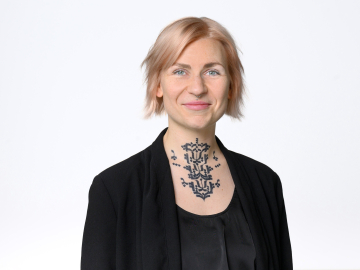Should you tell customers how long they’ll be queuing for this holiday season?

These are the findings of research by Tamer Boyaci, professor of management science at ESMT Berlin, and his colleague Caner Canyakmaz, professor at Ozyegin University. The researchers wanted to understand the impact that queueing information could have on the number of customers that join the queue.
Much of academic research on queuing and waiting assumes that a queue is either visible or invisible. However, from the customer’s perspective, in practice, queues are rather opaque -neither perfectly visible or invisible. This is because determining the exact number of customers ahead in the queue and associated waiting requires attention and cognitive effort, which are all limited in quantity. It may simply turn out to be impossible to make these calculations and, in some cases, it may not make rational sense to spend any effort to determine it. This research examined the availability of partial information and its potential impact on whether customers choose to join the queue.
To find out, the researchers created an equilibrium model that simulated a single-server queuing system where customers were not attentive to aspects of the environment and queued for their product or service accordingly. After changing the information available to customers on the length of the queue, as well as the type of product they were queueing for, the researchers found that partially hiding information can attract customers to high-value and highly popular products.
The researchers suggest there are various ways in which companies can partially give queueing information. This could be through simply showing the number of people in the line from the back to the front, giving customers a number in the queue, or giving them a rough estimate at queuing time. These snippets of information allow a customer to make a more conscious and informed decision about joining the queue.
Professor Tamer Boyaci says, “Our research identifies perspicuously when more (or less) information is beneficial and hence provides prescriptive guidance for firms on information provision. For example, when customers value the service reasonably well and there is robust demand for it, firms should intentionally leave some uncertainty around queue length. In this sense, Disney’s usage of special layouts that particularly disguise queue length prevails as a reasonable strategy. In sharp contrast, this is precisely what a drive-through fast-food chain should avoid. Our model can also shed light on whether it is better to provide information on queue length or service speed, or some other aspect of the environment. For example, we find that customers tend to balk less when they try to discern queue length as opposed to service speed, implying that providing visibility on the speed of service may be more effective for the firm.”
This research is particularly relevant in the holiday season, say the researchers, given that queuing is likely to be a consequence of many festive activities. Whether it is purchasing presents in a store for friends and family, buying gifts via online platforms and portals, or attending festive events, all activities involve some form of queuing and a conscious decision about whether it is worth the length of time from a consumer perspective.
The researchers say that the findings can be used in service settings where organizations should be most cautious about customers' limited attention. They could translate these results into strategies for information provision and service design. The key findings can help companies maximize the amount of people queueing for, and purchasing, their products this holiday season and into the future.
More details on the research may be found here.
About ESMT Berlin
Quick links
